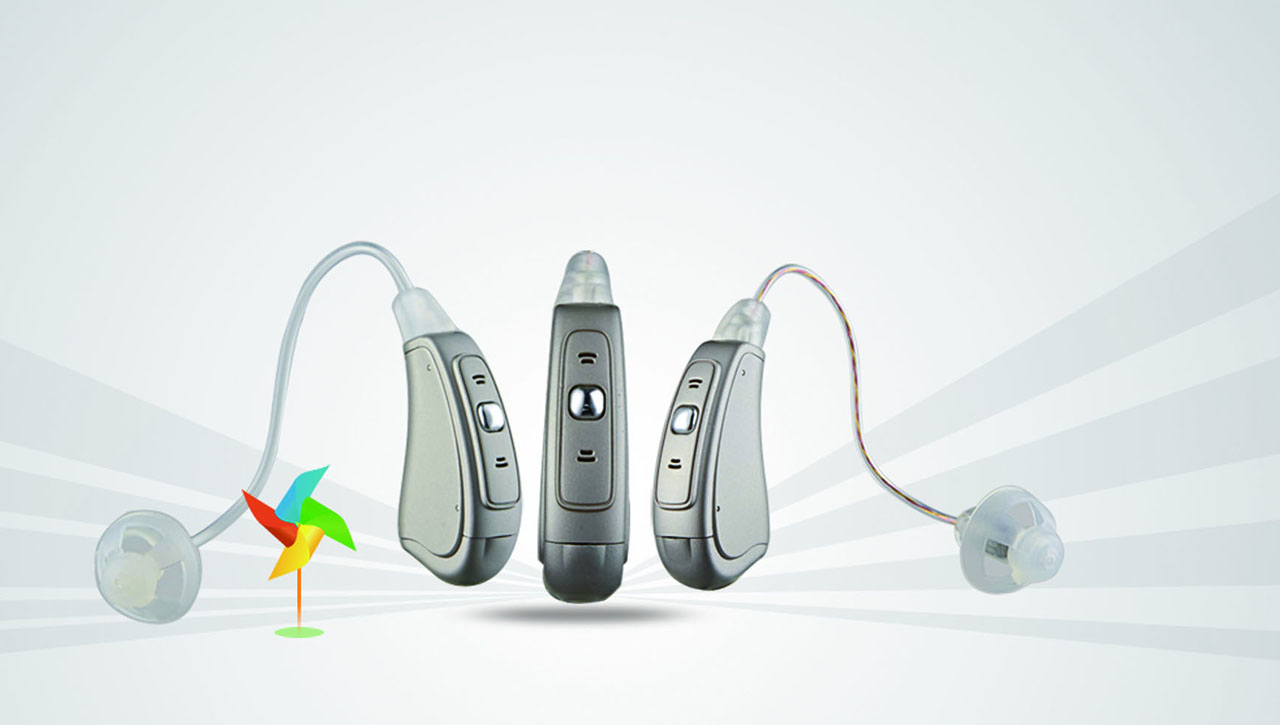- Home
- Hearing Loss
- Hearing Aid Use And Care
What Hearing Aids are Right for You?
2020-09-18 Thanks to significant advances in microelectronics, hearing aids are far more advanced today than in the past. Hearing aids, also called assistive hearing devices, continue to benefit from the tremendous progress in miniaturization, battery technology, and software. Today’s budget hearing aids are typically far more capable than the very best from just a decade ago.

What types of hearing aids are on the market?
Hearing aids can be divided into five distinct categories:
Completely in canal (CIC): Progress in technology means that it’s now possible to fit hearing aids entirely inside the ear canal, free from any external component. Although not as feature-rich as larger devices, CIC hearing aids are great for people who fear damage to their devices. They are, therefore, most suited to people who love sports and outdoor activities. CIC hearing aids usually cannot be removed by hand and require a special tool.
In the canal (ITC): ITC hearing aids are slightly larger cousins of CIC devices. A piece of the ITC protrudes out of the ear (although not around the ear) allowing it to be removed without the use of special tools.
In the ear (ITE): Not to be confused with ITC, ITE devices protrude to cover the ear bowl - the external part of the ear surrounded by the earlobe. Again, larger and often more feature-rich than smaller devices, ITE devices avoid bulky external components.
Receiver in the ear (RITE): RITE hearing aids fit around the ear, but are small and therefore difficult to see.
Behind the ear (BTE): BTE devices comprise two main components: a speaker that inserts into the ear, and a receiver, processor, and battery that fit around the back of the external ear. Children or people who want maximum functionality benefit most from BTE devices.

You’ll want to select a hearing aid depending on your needs. For instance, if you’re a busy professional who wants to be able to transition seamlessly through different environments, then you may want to choose a hearing aid with inbuilt settings that can be easily switched between, based on your listening situation. If you need a hearing aid to provide basic amplification at home, then you may want to opt for an entry-level device.

You may also want a hearing aid which connects to technology that you use. Many hearing aids come with Bluetooth technology, allowing sounds to be transmitted to the device digitally (rather than via sound waves to the microphone), providing crystal clear sound without the risk of feedback. Hearing aids can come with FM radio and connectivity to telephones too.
Speak to your audiologist about which features they would recommend if you get confused.
Latest
- 4 Essential Communication Rules for Family Members of Hearing Aid Users
- Hearing Aid "Break-In Period": Say Goodbye to Discomfort, Hello to Clear Sound
- The ultimate guide on how to choose hearing aids for seniors
- In addition to performance, how do parents choose children's hearing aids?
- Hearing Care Professional: How Do You Maintain Your Hearing Aids Regularly?
Hearing Aid Use And Care













All 0 comments